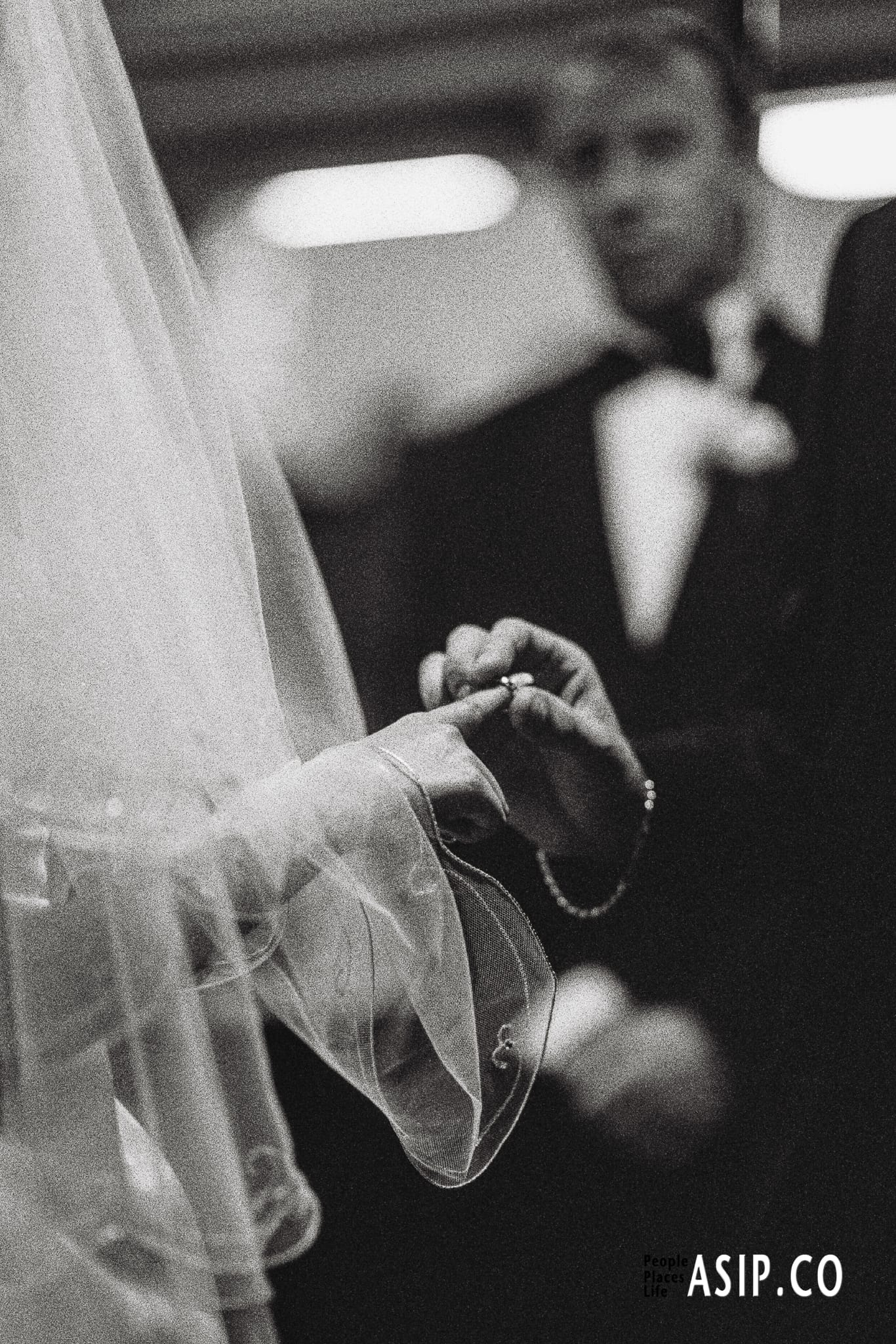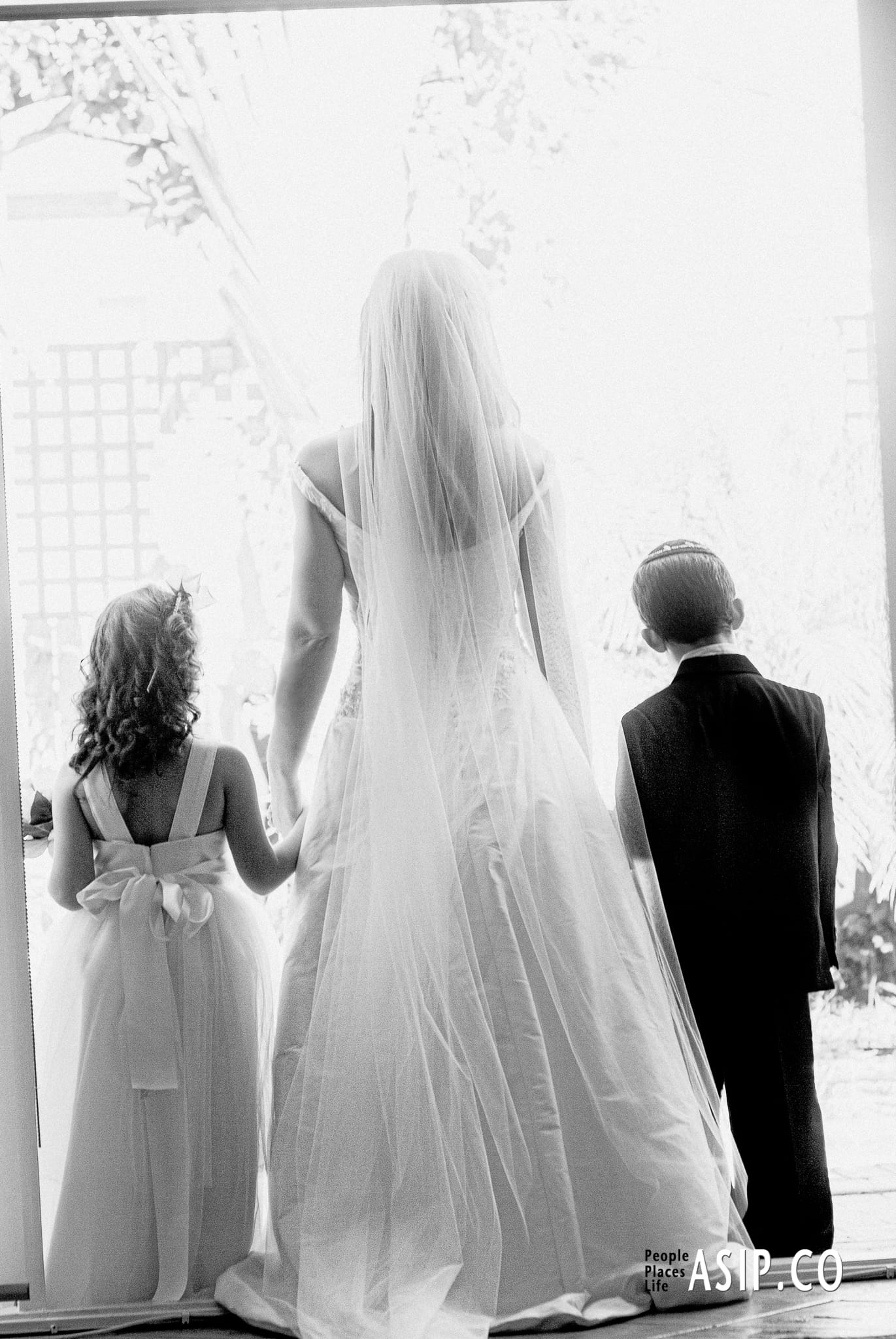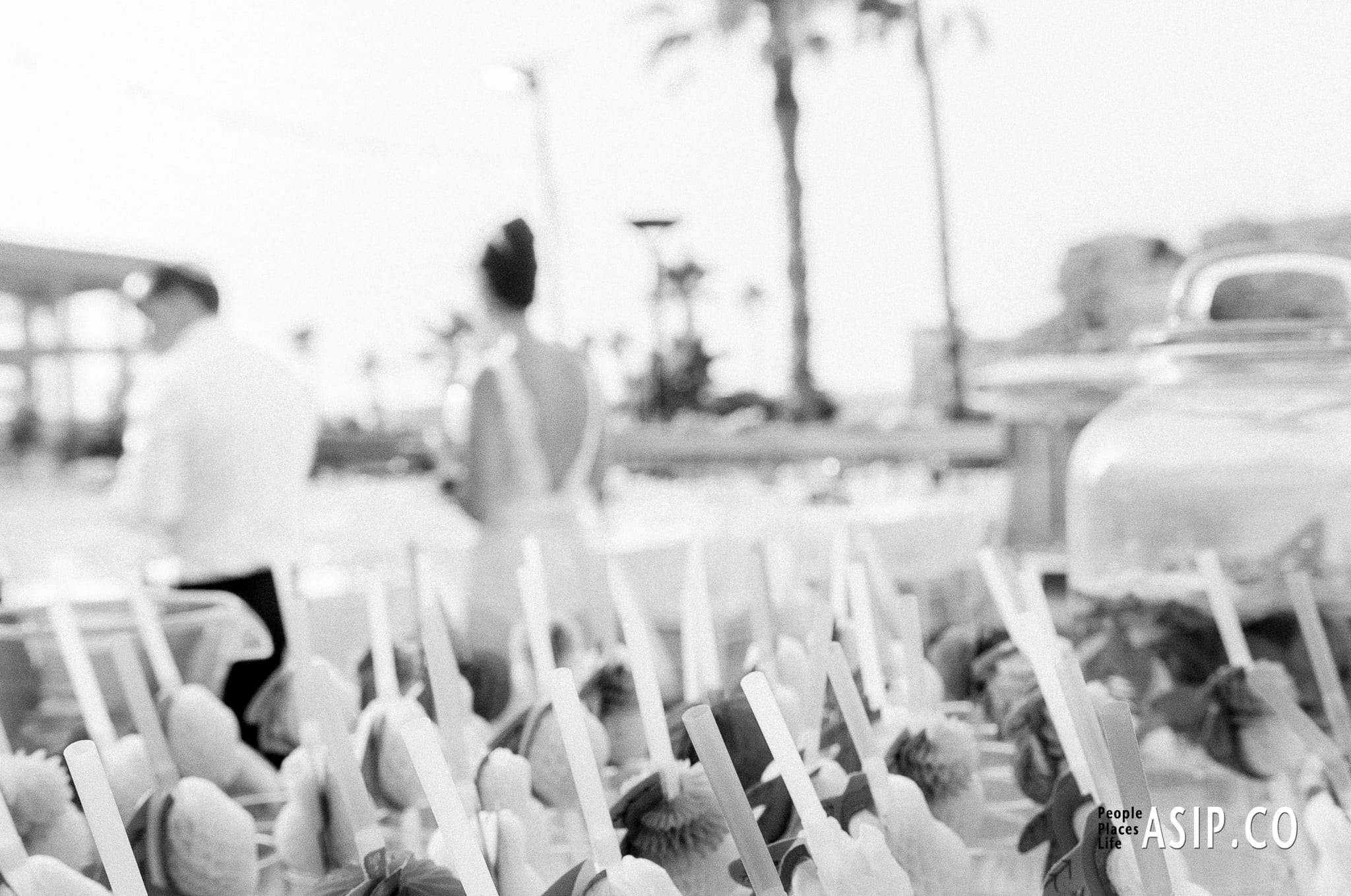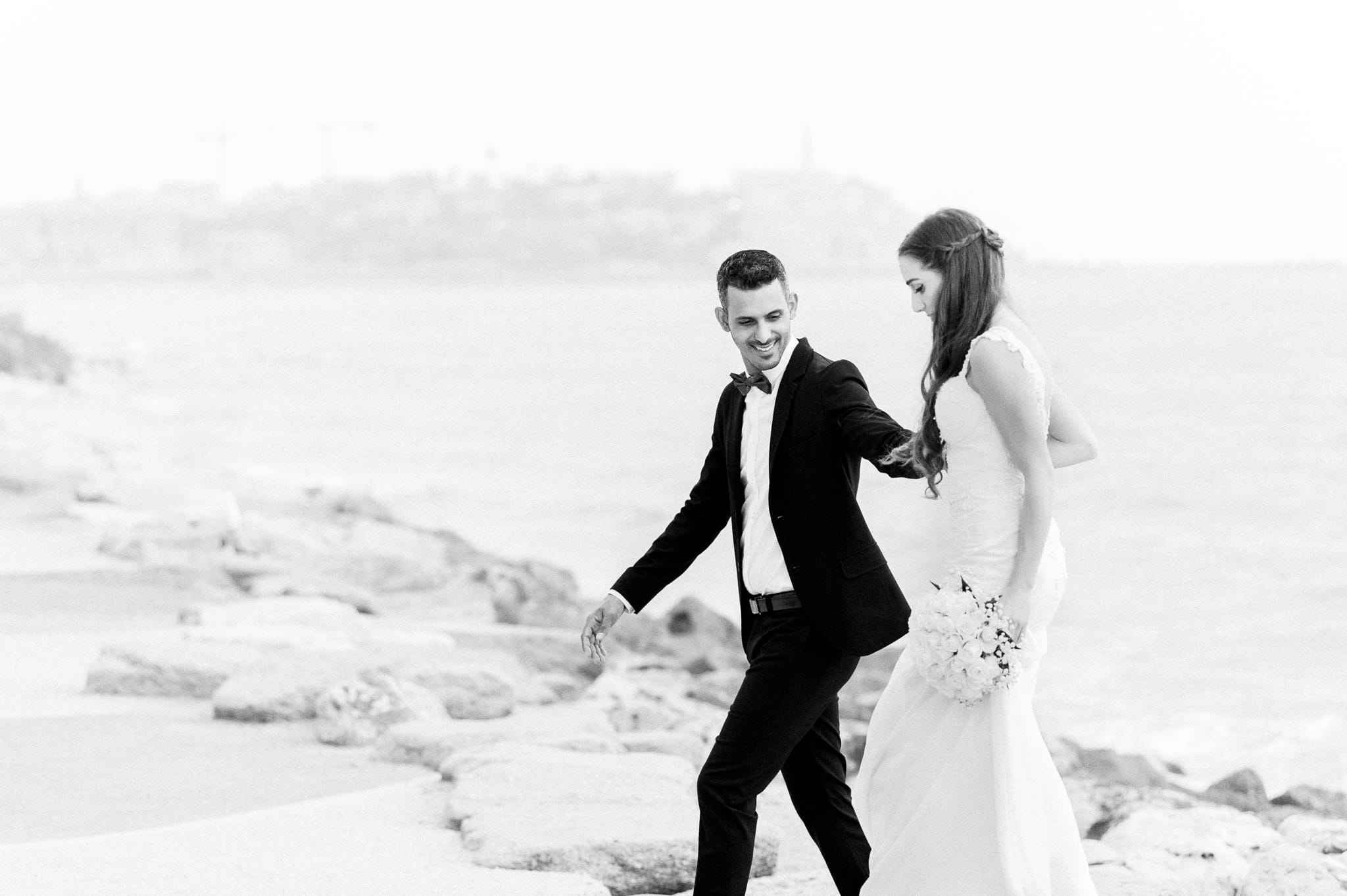The resurgence of film in wedding photography is it just a fad?
Is the resurgence of film in wedding photography a fad or a valid and valuable trend that offers several tangible benefits? While digital photography has undoubtedly dominated the industry for some time, arguably film has unique qualities that make it a compelling option for capturing the magic of weddings.
I will state the perceived key benefits and appeal of film and alternatively, reasons to use digital.
I’ll start by discussing my history and experience with using film for wedding photography. This will make it easier for you to comprehend my logic. I started off in my professional life with 120mm film. This film is of the medium format and is considerably bigger than 35mm film. I only used my Hasselblad equipment and 120mm film to photograph weddings. There were only 12 exposures per film, and at a wedding, 15 to 20 rolls would often be utilised.

I did some research on Youtube and Google and found the following 6 main benefits of film according to users.
(Continue reading below)
These images have been digitally captured
Perceived benefits of film
1. **Timeless Aesthetics**: Film has a timeless quality that imparts a classic and romantic feel to wedding photos. The softness, fine grain, and natural color rendition of film can create a nostalgic and ethereal atmosphere that many couples find enchanting. This aesthetic can be particularly suited to capturing the emotion and beauty of a wedding day.
I believe this applies to photographs printed directly from a film negative. I do find photographs printed directly from negatives tend to be more flat in color. Although this will vary according to the film stock used. Film does produce “true” color. For a punchier more vibrant look using positive film would be a consideration. Positive film has lower latitude and should be used only by very skilled wedding photographers.
2. **Artistic Expression**: Shooting with film encourages photographers to slow down and be more deliberate in their compositions. The limited number of exposures per roll forces photographers to carefully consider each shot, leading to a focus on quality over quantity. This artistic approach can result in more thoughtful and beautifully composed images.
This point relates to the photographer’s experience rather than any direct benefit to the client. I have been there already. For many photographers who started with digital, I can understand the appeal for them.
3. **Dynamic Range and Highlights**: Film has a unique way of handling highlights and preserving details in bright areas, which can be especially useful in challenging lighting conditions often found in wedding settings. This quality can help prevent blown-out highlights, resulting in more balanced and visually appealing images.
In theory, this is correct however with modern day digital cameras, so long as you expose correctly, I don’t see any difference. Also, with post-editing software one can do a lot of digital burning and dodging as we did in the analog darkrooms.
4. **Tactile Experience**: Both couples and photographers often appreciate the tactile nature of film photography. The physicality of film, from loading the rolls to developing the negatives, adds a level of craftsmanship and connection that can enhance the overall experience of the wedding photography process.
I find an irony in this statement. With the introduction of digital, it has narrowed the perception of the expertise needed to be a photographer. Everyone with a mobile phone is now a “photographer”. Again this relates truly to the photographer’s experience rather than any benefits to the couple.
5. **Limited Post-Processing**: Film requires minimal post-processing compared to digital photography. While digital photos often need extensive editing to achieve a desired look, film images often have a distinctive charm straight out of the camera, reducing the need for extensive post-production work.
This assumes a photographer photographing on film will have them directly printed and handed over to their client. My research has proved the contrary and wedding photographers scan their films so the images may be further processed and used for digital delivery. So in actual practice, this benefit doesn’t hold true.
6. **Longevity**: Film negatives and prints have proven to stand the test of time. Archival-quality film materials can retain their quality for decades, ensuring that wedding memories remain intact and accessible for generations to come.
If you store film in a cool and dark place it will last for decades. With digital, you have the opportunity to have several copies at different locations. With film, you only have one original.

While the resurgence of film in wedding photography may seem like a trend, it’s rooted in the genuine appeal of these benefits. However, it’s essential to note that the choice between film and digital photography ultimately depends on the preferences of the couple and the skills of the photographer.
Some photographers may prefer the convenience and versatility of digital technology, while others may be drawn to the unique qualities and artistic possibilities that film provides.
The Verdict
The important thing is to choose a photographer who aligns with the couple’s vision and style, regardless of the medium they use. Film is ultimately only a tool and not the finished product.
Leave the tools to your professional photographer and let him, her or they produce beautiful wedding images.
At your service




